|
This handsome devil (above) is Mike Nelson who could quite easily pass as a relative of Willy Nelson. In the central hall of Tate Britain is his installation the Asset Strippers. The concept is simple enough. Nelson has bought old and second hand industrial machinery and fittings from auctions and scrap yards and them arranged them, either on their own, or in combination, inside Tate Britain's vaulted central hall. I can hear the voice of someone I know saying "this isn't art, this is just old machinery in a room". Yes yes, but I have two main qualifications for good art and they are 1) is it a good idea and 2) is it done well? The answer to both of these questions is yes. An effective starter is the whole exhibition is section of by these large wooden structures. You have to push your way in through these swing doors and some of the arches are blocked of entirely which makes you feel a bit like you are in a 1930's factory floor which is presumably the intention. pneumatic drill heads and digger troughs like the one you can see above, rusting hulking things. Other machinery is more intricate and I found myself specifically drawn to various loom contraptions or in the case of the one above right ink stained printing machines. Other lumbering machines lurk around the place, still with their auction labels on them, placed on large cabinets or metal tables. Fly wheels. I spent an enjoyable few minutes wandering around after two elderly men one of whom was explaining the machines to his friend and thus I learnt the word metricated. The machines still have metal shavings caught in the guards and guttering. Agricultural and construction paraphernalia is also in evidence. Folded over caterpillar tracks are folded over themselves in a large tarnished rectangular metal box (above left) they look like over-sized liquorish. Standing in the centre of the room are four large roundels, some kind of threshing device that you towed behind a tractor. It is raised out on two trestle tables so it come to resemble enormous dream-catchers or wind turbines. I like the way the spikes are in some cases distorted and bent. Near the northern end of the hall (I entered in from the south), are more assembled, constructed semi rooms if you like (above left and right), mini abandoned workshops. Scattered tools and half empty draws on battered, broken wooden boards. Empty spaces, reminded me of Helen Marten who does something similar but in a more constructed (and in my view more interesting) way. I like the way the two scales peer over everything like two enormous eyes. Larger devices and constructions appear. Felled telephone polls (above left) on this multi-coloured tarpaulin braced down with this great circular piece of concrete. It takes up pretty much the whole width of the gallery. You can just see to the left the wooden wall which tunnels of a walkway between the two gallery wings. Other objects loom above you, deliberately elevated presumably to give them more presences like the cement mixer you can just see (above right) and the double electric drills. It is a boon for photographers this show you can take all kinds of interesting shots of machinery from specific angles, so you can have the multi-tooled head of the lathe looming above you (above left) or the indecipherable control panel of the same machine (above right). This for me was one of the most interesting part of the show, being able to zoom in and out if you like to get the whole but then these odd specific views.
Incidentally I have re-vamped my gallery page. Have a look and tell me what you think. That will do for now. Next week Van Gogh, until then, William Mackenzie signing ...
0 Comments
Leave a Reply. |
Archives
June 2024
Categories |
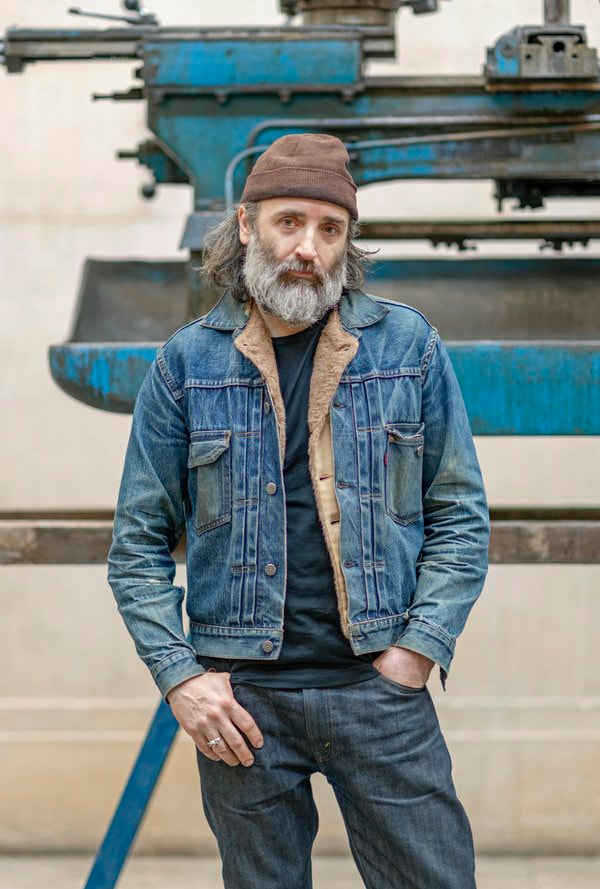
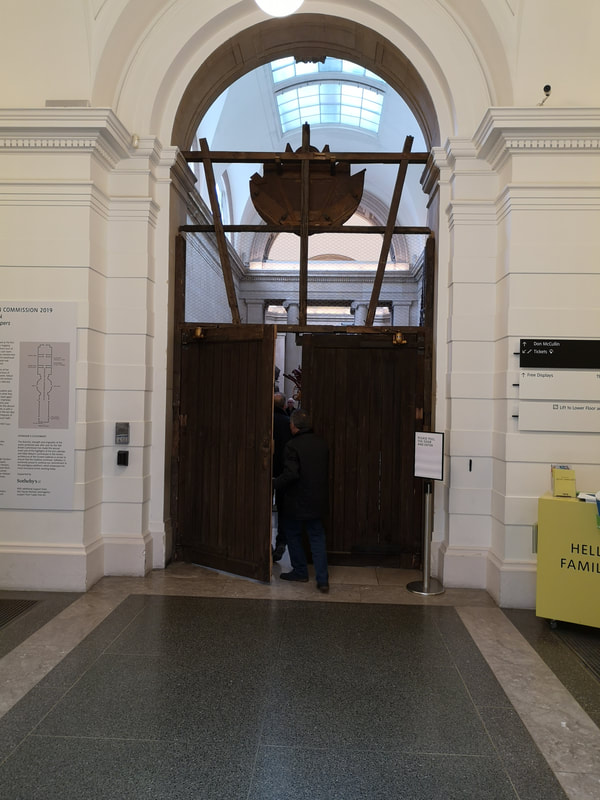


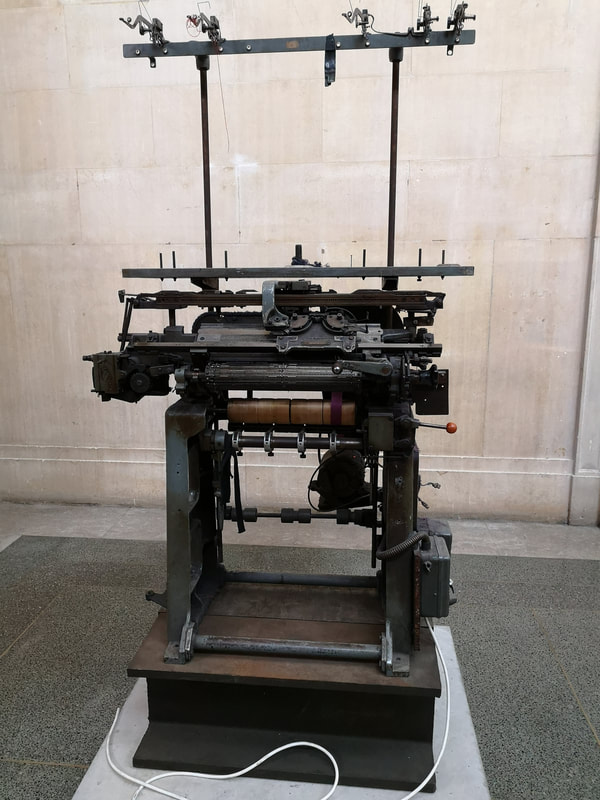
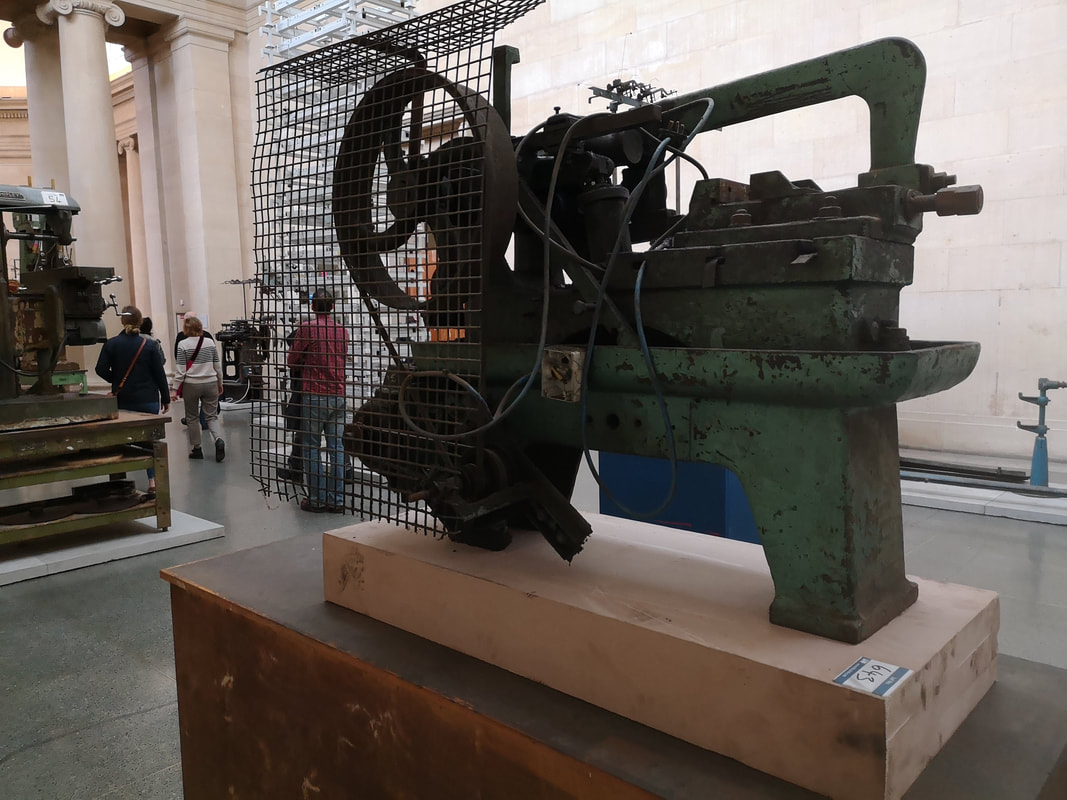
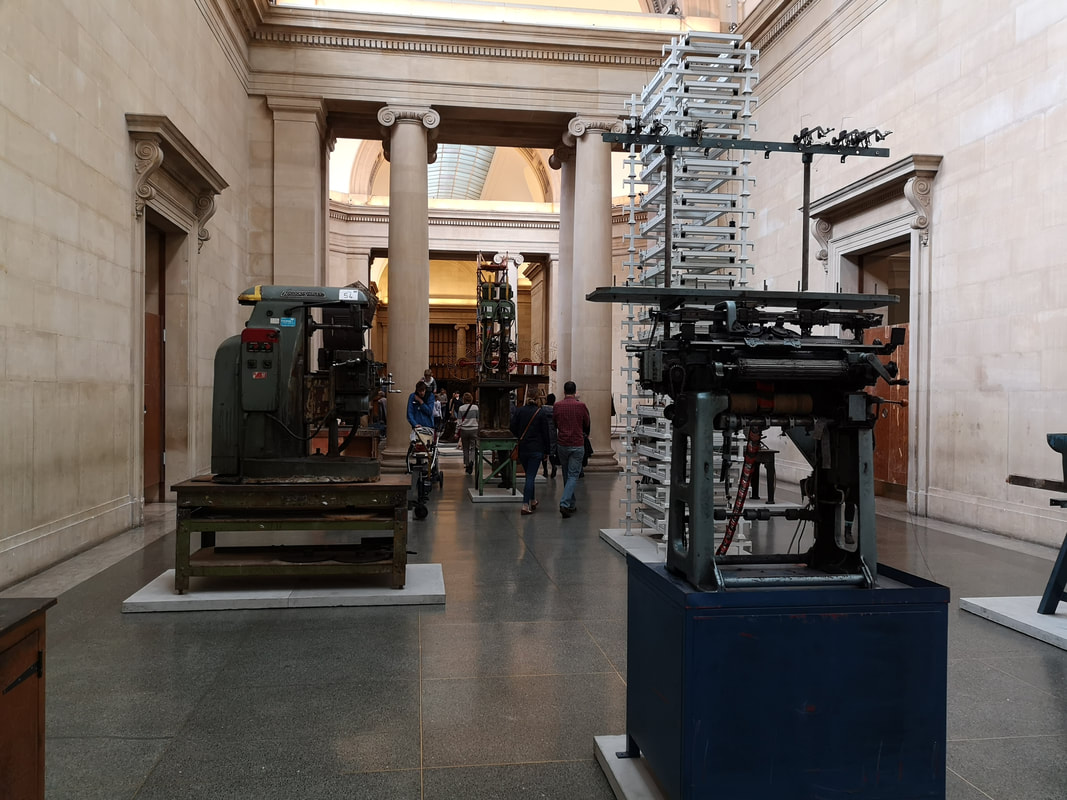
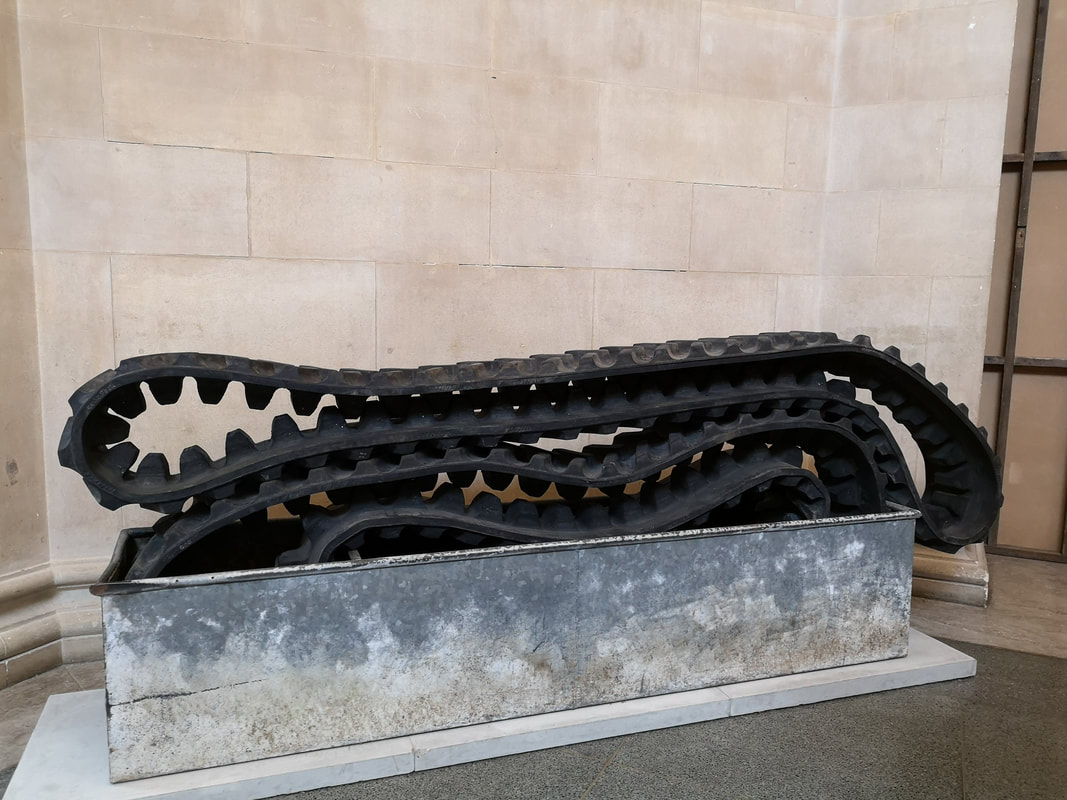
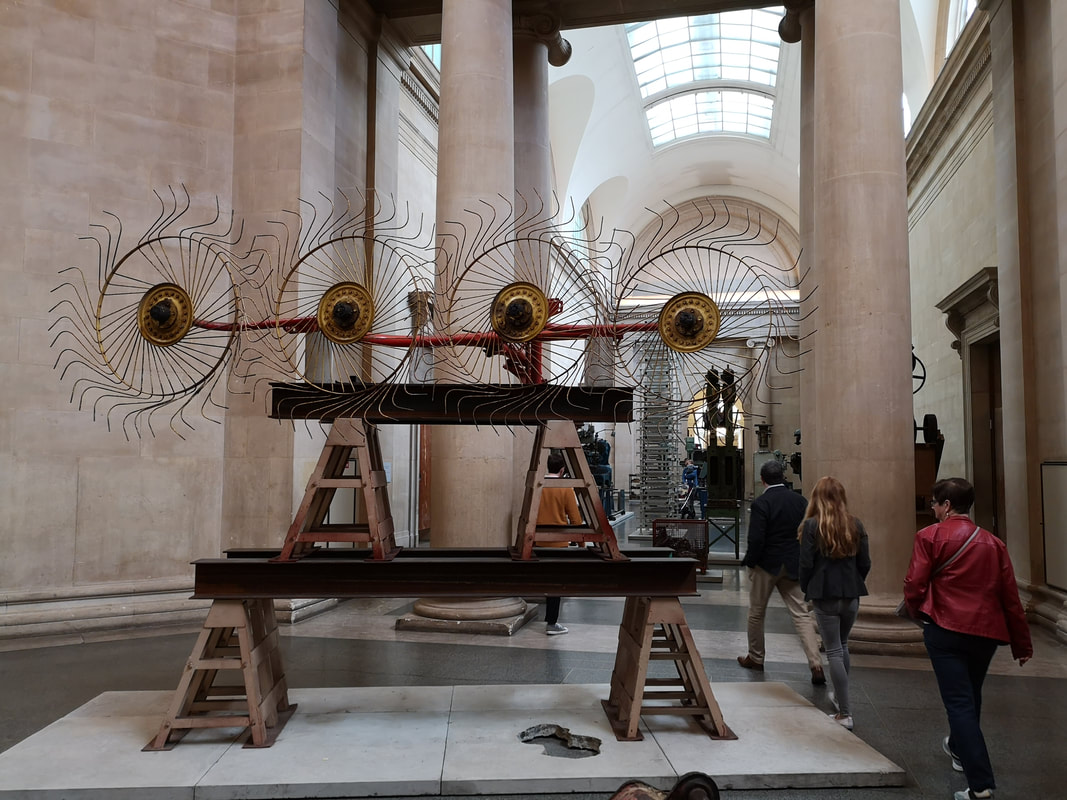

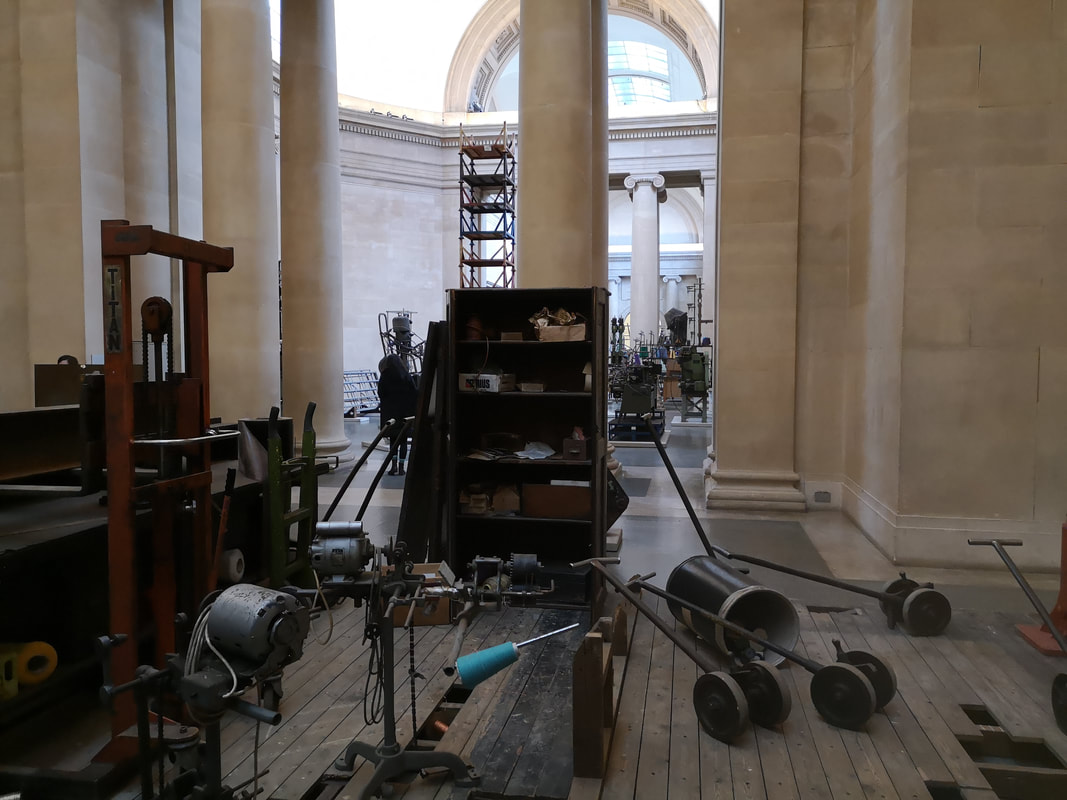
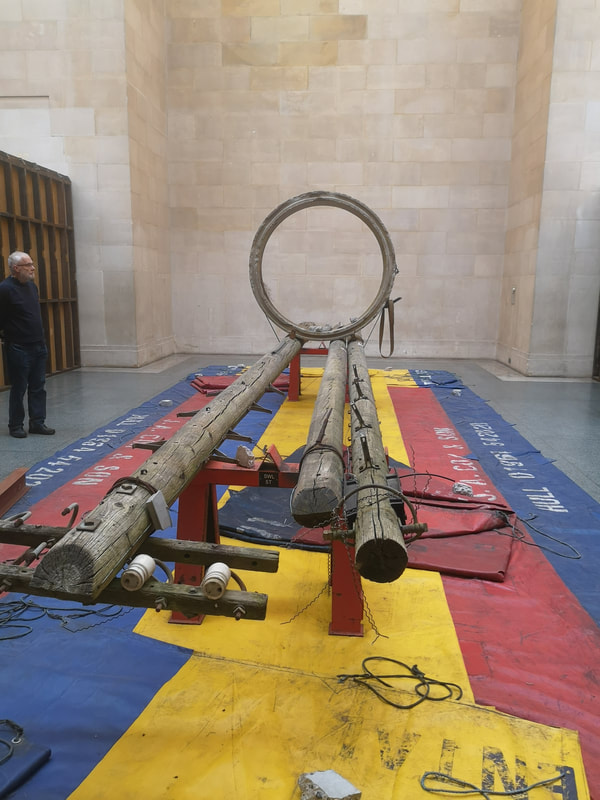

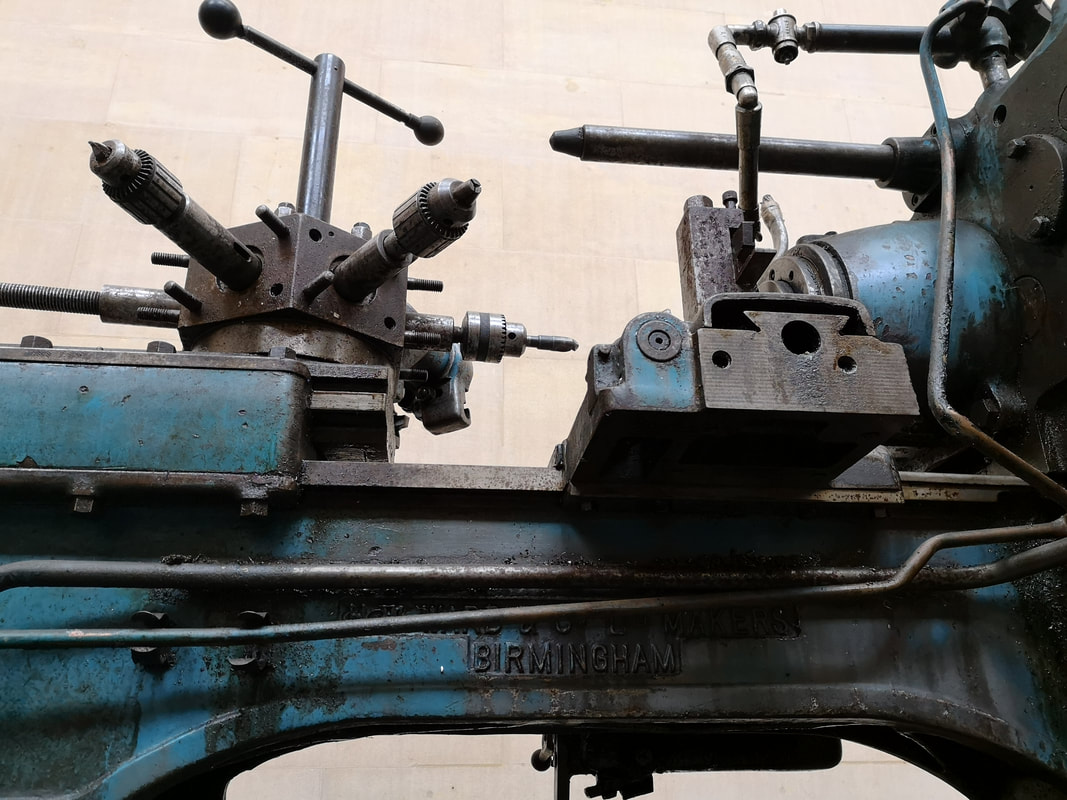
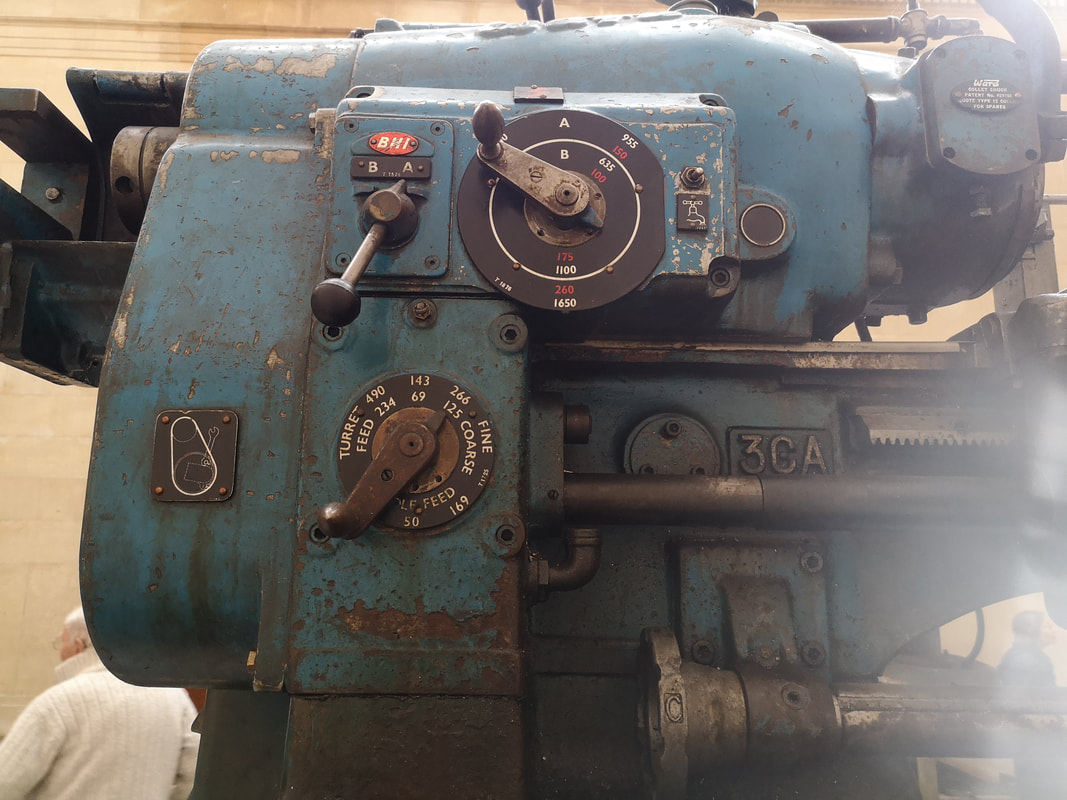
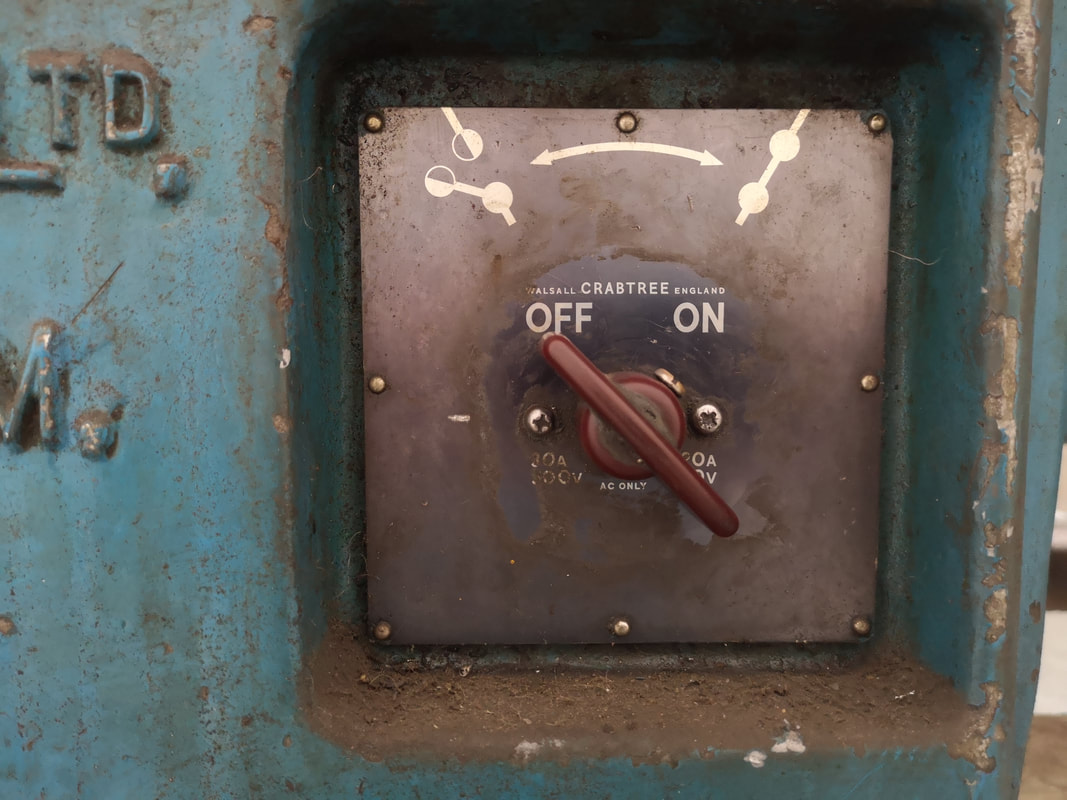
 RSS Feed
RSS Feed